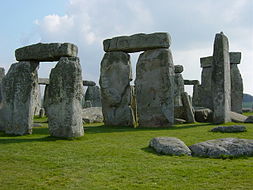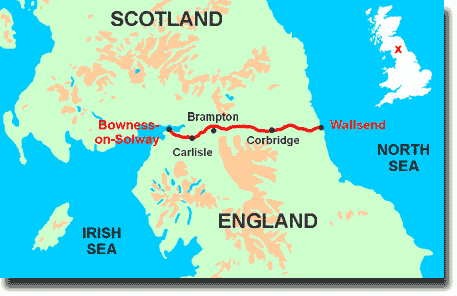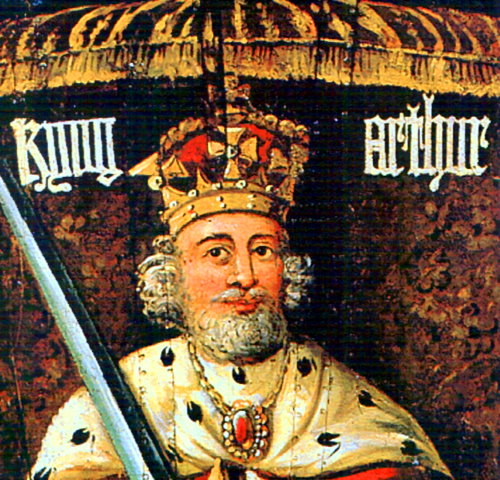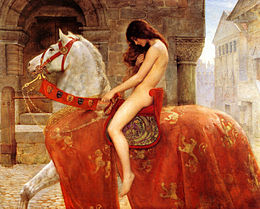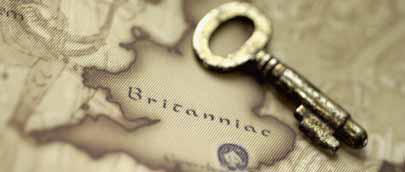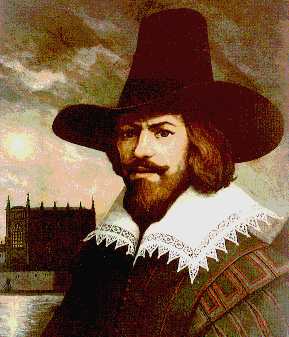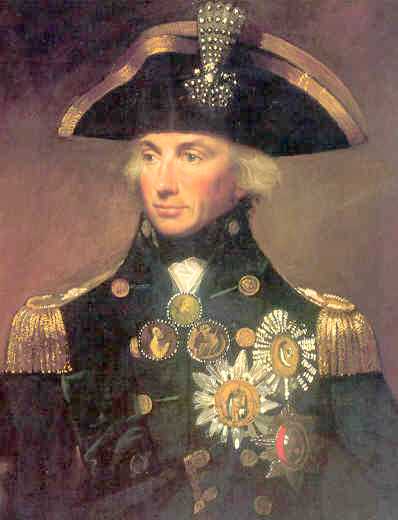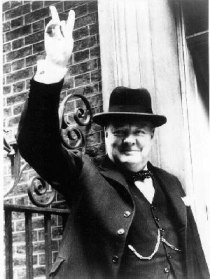The British Isles have a rich history going back thousands of years. They have witnessed intermittent periods of competition and cooperation between the people that occupy the various parts of Great Britain, Ireland, and the smaller adjacent islands, which together make up the British Isles.
1. PREHISTORIC BRITAIN
Prehistory is the story of man before written records began. The most impressive prehistoric remains are hill figures, hill forts, and stone circles. During this period various peoples came to settle in Britain, of which the most important were the Celts, who came in the 5th century B.C. Different forms of their language are still spoken today : Welsh in parts of Wales, and Gaelic in parts of Scotland and Ireland.
A magic circle :
The most famous of the prehistoric stone circles is STONEHENGE, built between 1800 and 1500 B.C. The biggest stones are seven metres high with a further three metres underground. Some of the stones were brought from South West Wales;imagine how difficult it was to transport these huge blocks of stone in those early days. It is thought that Stonehenge and the other stone circles were built on lines of magnetic power that cross the surface of the earth. Exactly why it was built is not known for certain; it may have been a temple for sun worship or a calendar for showing the movements of the sun and the planets.
2. ROMAN BRITAIN (55 BC – 400 AD)
The recorded history of Britain began in 55 B.C., when the first Romans arrived under Julius Caesar. They made a full invasion about 100 years later and they stayed in Britain for over 350 years. The Romans were great builders and Britain has many Roman remains, such as roads, villas, public baths, and fortifications.In about 400 AD the Romans were forced to leave Britain and return to Rome, to defend it against the attacks of Germanic tribes.
A Great Wall :
The most impressive of the Roman remains is a wall, built right across the north of England. In the second century A.D. the Emperor Hadrian built this wall as the most northern frontier of the Roman Empire. It was very heavily fortified with a small fort every mile and larger forts as well. Its purpose was to protect Roman Britain against the warlike tribes that lived north of the wall, in what is now Scotland.
3. THE ANGLO-SAXON, DANISH, AND NORMAN INVASIONS (400 – 1066)
Soon after the Romans left, Britain was also attacked by Germanic tribes, mainly Angles and Saxons. At first, they only raided but eventually they settled and colonised much of Britain. But the peace did not last. First the warlike vikings attacked from Denmark. They started their raids in the 8th Century and made their first full-scale invasion in 865. Indeed, Britain was even under Danish rule for a while, from 1016 to 1042. Then, the Anglo-Saxons had only just regained the throne when the Normans arrived under William the Conqueror. William defeated the Anglo-Saxons under King Harold at the battle of Hastings in 1066, and so he became King William I of England.
A King Out Of Legend :
When the Romans left Britain, the land was unprotected against the invading Angles, Saxons and Jutes. They found conquest easy until a king called Arthur united the British and defeated the invaders in many battles. The result was that the Anglo-Saxon advance was halted for about 50 years. Little more than this is known about Arthur except for a powerful legend of magical powers. This legend later became the story of King Arthur and the knights of the Round Table, a legend full of medieval chivalry and Christian symbols but also some of the earlier magic. But the story does not belong only to Britain; medieval French and German poets also wrote about King Arthur and his knights of the Round Table.
A Naked Lady :
One of the most colourful stories to come out of Saxon England is that of Lady Godiva. She lived in the 11th century and was the wife of Earl Leofric. According to the legend, when her husband demanded high taxes from the people of Coventry, she took their side. Her husband then dared her to ride naked through the streets of Coventry, promising her to lower the taxes if she did so. She agreed. When she rode naked through the town, all the grateful people of Coventry stayed indoors with their windows shut – all, that is, except a certain tailor called Tom who peeped through his window and was struck blind for daring to look. He became known as "Peeping Tom", which is now an expression in the English language.
5. THE TUDORS (1485 – 1603)
The Tudor age was a very lively period in English history, a time of new learning, trade and expansion. The most interesting of the Tudor monarchs are Henry VIII and his daughter Elizabeth I. Henry is best known for having 6 wives and for establishing the Church of England. Elizabeth's reign was a long and golden one. It is famous for sea exploration and naval victories, especially the sinking of the Spanish Armada in 1588. Elizabethan England was also a great age for literature – it was then that Shakespeare lived.
A Royal Divorce :
One of the most colourful of all English Kings was Henry VIII (1509 – 1547). He was married to his first wife for quite a long time, but he only had one daughter. He wanted a son and he wanted to marry the beautiful Anne Boleyn. But at that time, England was a Roman Catholic country and the Pope refused to give Henry a divorce. So Henry asked his archbishop, Cardinal Wolsey, to help him. When Wolsey failed, Henry broke away from Rome and established The Church of England, which has been independent from Rome ever since. Wolsey tried to get friendly with the King again by giving him his own palace, Hampton Court as a present. Henry accepted it but never forgave Wolsey. Henry VIII used his power as head of the new Church to get a divorce whenever he wanted one. He was married 6 times in all, but he did not need a divorce every time. Two of his Queens had their heads chopped off!


